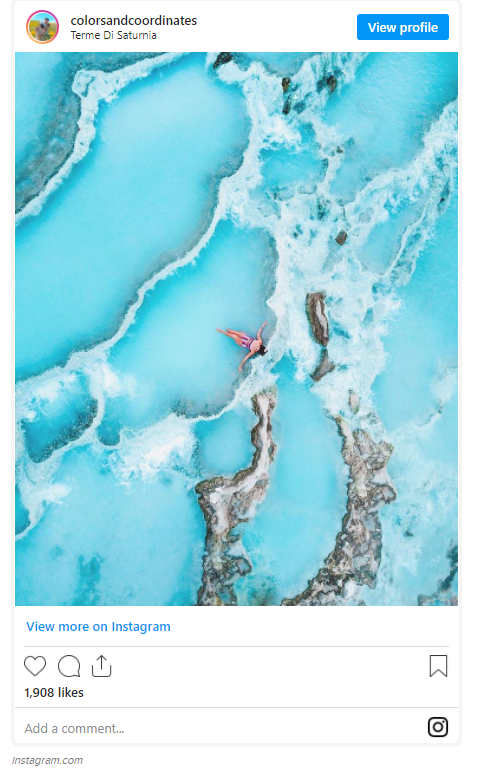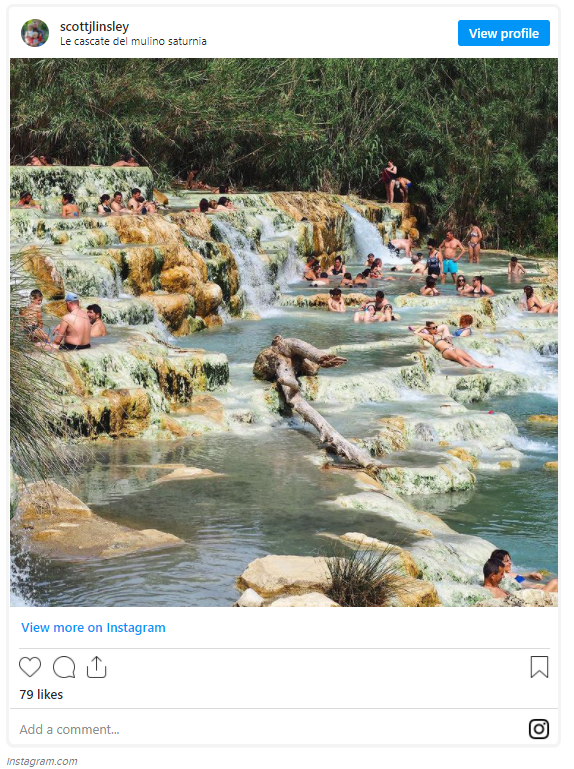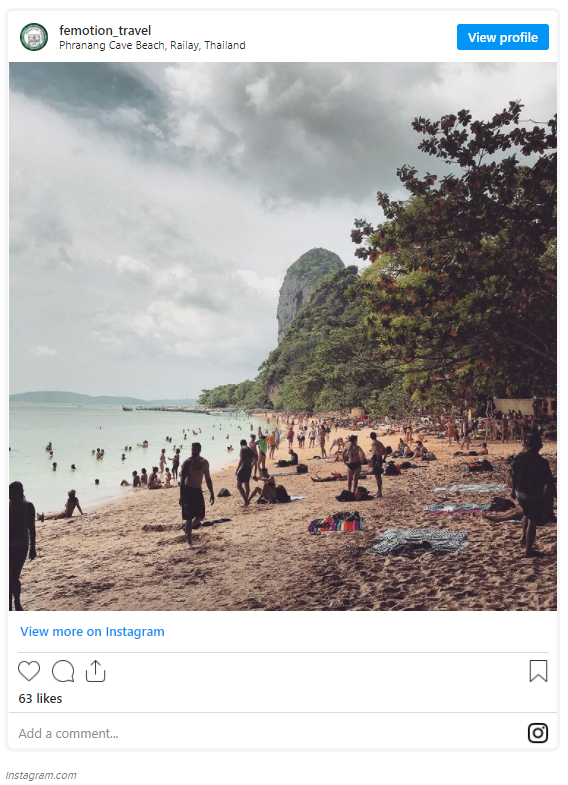GI Science & Theory
In the GIScience and Theory module, I explored how geographic information is more than just data or tools—it reflects human perspectives and interpretations of space and place, how we shape it and how it shapes us. The module challenged me to consider the nature of spatial reality, the limitations of representing complex, dynamic environments, and the role of technology in shaping geographic knowledge. I learned that GIS is more than a tool—a lens through which we construct and understand the world. The module consited of two courses:
- Lectures in GIScience (Lecture)
- GIScience and Theory (Seminar)
5 papers every Geoinformatics professional should have read
This is a selection of texts that (especially) struck a cord with me, when I read and discussed them in the courses. I think that everyone should have read them:
Couclelis, H. (2003): The Certainty of Uncertainty: GIS and the Limits of Geographic knowledge
Helen Couclelis (2003) writes about the things we can(not) know and the reasons thereof. Stating that „[p]erfect knowledge is one of humanity’s oldest ideals“, she displays, why it is hard to reach. Imperfections of many kinds exist and they are part of the world we live in. She cites Williamson (1994) and Haack (1996) in saying that „vagueness is the inescapble punishment for cutting up a mostly continuous, heterogeneous and dynamic world into discrete, homogenenous and static categories“. I think about this a lot, especially now that I am specialising myself in the field of simulation.
Smith, B. & D. M. Mark (2003): Do mountains exist? Towards an ontology of landforms
This paper discovers the fields of ontology in Geoinformatics. While everyone would agree that mountains do indeed exist, it gets way harder to to define where a mountain starts, for example. Where do you draw the line? Quesions like these, concepts such as ‚bona fide‘ objects and boundaries, the philosophical branch of ontology, conceptualisation, and how things are displayed in a computer are at the center of their work.
Goodchild, M. (1992): Geographical information science
This is probably one of the most famous papers in the field. It was in a sense ‚the‘ paper, defining it, back in the early 1990s. What is GIS research and when do we speak of GI Science? How does it differ from everyday application? Michael Goodchild poses a new direction of thinking about GIS in a time, when it was mostly regarded as a technology that does useful stuff. He however claimed that research to advance this technology and open questions is equally vital.
Blaschke, T. & H. Merschdorf (2014): Geographic information science as a multidisciplinary and multiparadigmatic field
This paper provides a comprehensive overview of the development of the field of GIScience while at the same time pointing to the lack of exact boundaries it still had at the time. At the center is the „multifacted nature of space“ as they put it, which opens up many directions for GI research. While at the beginning, GIS was concerned with rather technial questions, societal (e.g., access and VGI, IoT, social media) and ethical questions (e.g., privacy issues, critical cartography) arose around the early 2010s. Highlighting the dynamics and the manyfold nature of the field, they approach it as a multiparadigmatic and multidisciplinary field. While this bears „a potential for interaction with a broader domain of spatial information sciences“ it also „faces the risk to be not flagged out well enough for funding agencies, education evaluation systems, and other kind of peer reviews, which often relay[sic!] on predefined categories“. A must read for everyone who wants to get an insight into the field of GI Science and how it differs from the early 1990s paper by Goodchild.
Tuan, Yi-Fu (1977): Space and Place: The Perspective of Experience
Though not a paper per se, but a book, I consider the work of Yi-Fu Tuan vital in a sense that he makes us think about the words we use, what they mean, and our connection to them. While ’space‘ and ‚place‘ appear similar, they have different meanings. He decribes ’space‘ as an abstract concept, while ‚place‘ is connected to experiences, memories, and emotions. Time and indentity are concepts that he touches in this regard as well, showing how humans are inevitably connected to shaping space and place. In this work, he emphasies how experiences, emotions, and cultural contexts shape our understanding of the environment.
Hands-on
In my seminar paper, I wanted to take a deep-dive into social media and the notion of place and space, following what I’ve learned from the work of Yi-Fu Tuan. I was interested in how social media platforms like Instagram and Pinterest shape our notion of a place and how the places and spaces are perceived in reality. Perfeclty staged photos can be deviating. At the same time, georeferrencing can serve as an effective and efficient marketing tool, which in turn can have an enourmous impact on sites (both positive and negative). Once a tag oder reference point is trending, masses of tourists suddely overwhelm the location. Something you might want to think about twice in the future.
The following (random) samples from diverse Instagram channels illustrate how





